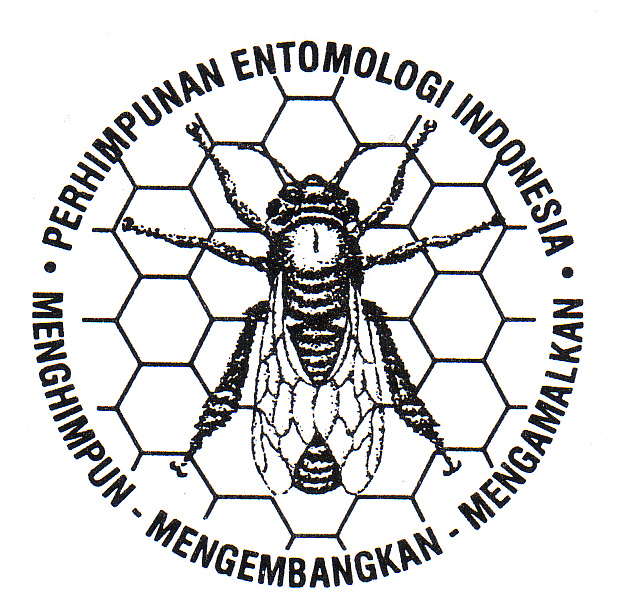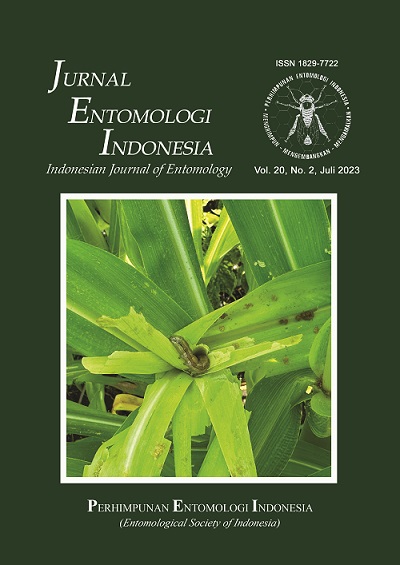Developing Cotton IPM by Conserving Parasitoids and Predators of The Main Pest
DOI:
https://doi.org/10.5994/jei.8.2.110-120Keywords:
Gossypium hirsutum, conservation, action threshold, natural enemies, IPMAbstract
On early development of intensive cotton program, insect pests were considered as an important aspect in cotton cultivation, so that it needed to be scheduled sprays. The frequency of sprays was 7 times used 12L of chemical insecticides per hectare per season. Development of cotton IPM was emphasized on non-chemical control methods through optimally utilize natural enemies of the cotton main pests (Amrasca biguttulla (Ishida)Helicoverpa armigera (Hübner)). Conservation of parasitoids and predators by providing the environment that support their population development is an act of supporting the natural enemies as an effective biotic mortality factor of the insect pests. The conservation could be done by improving the plant matter and cultivation techniques that include the use of resistant variety to leafhopper, intercropping cotton with secondary food plants, mulch utilization, using action threshold that considered the presence of natural enemies, and application of botanical insecticides, if needed. Conservation of parasitoids and predators in cotton IPM could control the insect pests without any insecticide spray in obtaining the production of cotton seed. As such, the use of IPM method would increase farmers’ income.Downloads
Published
2015-09-27
How to Cite
Nurindah, N., & Sunarto, D. A. (2015). Developing Cotton IPM by Conserving Parasitoids and Predators of The Main Pest. Jurnal Entomologi Indonesia, 8(2), 110–120. https://doi.org/10.5994/jei.8.2.110-120
Issue
Section
Articles
License
Authors who publish with this journal agree to the following terms:
- Authors retain copyright and grant the journal right of first publication with the work simultaneously licensed under a Creative Commons Attribution 4.0 International License that allows others to share the work with an acknowledgement of the work's authorship and initial publication in this journal.
- Authors are able to enter into separate, additional contractual arrangements for the non-exclusive distribution of the journal's published version of the work (e.g., post it to an institutional repository or publish it in a book), with an acknowledgement of its initial publication in this journal.
- Authors are permitted and encouraged to post their work online (e.g., in institutional repositories or on their website) prior to and during the submission process, as it can lead to productive exchanges, as well as earlier and greater citation of published work (See The Effect of Open Access).








